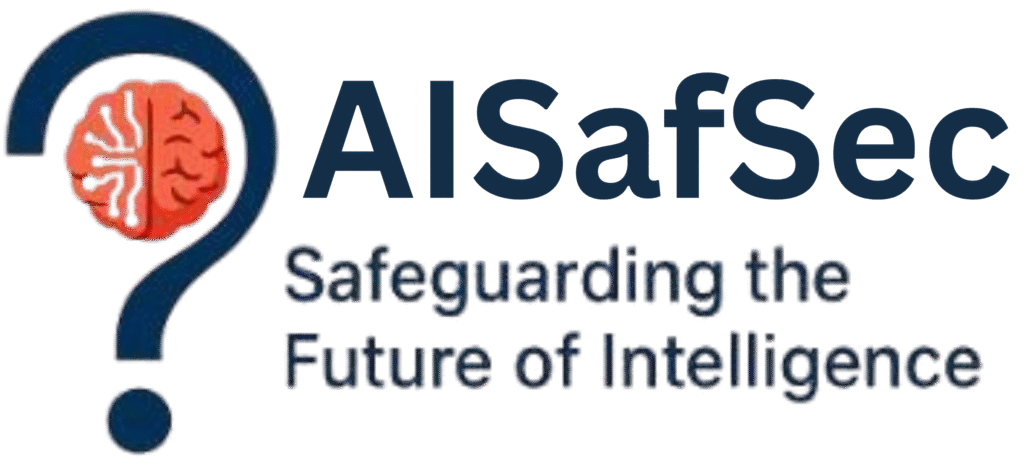Auditing AI systems has moved from a theoretical aspiration to an urgent, practical necessity as artificial intelligence increasingly influences high-stakes decisions in areas like hiring, lending, healthcare, and law enforcement. While the concept of AI audits has been discussed in academic circles for years, turning those ideas into actionable processes within real-world environments presents a series of challenges and opportunities. Organizations are now recognizing that auditing is not just about detecting algorithmic bias or technical errors—it’s about ensuring that AI systems operate transparently, fairly, and in alignment with both internal values and external regulations.
In practice, auditing an AI system involves much more than running code through a checklist. It requires understanding how the system is trained, what data it uses, how it makes decisions, and who it impacts. This means involving cross-functional teams including data scientists, domain experts, compliance officers, and affected stakeholders. Auditors must examine not only the model’s performance metrics but also the assumptions behind its design and deployment. Questions like “Was the training data representative?” or “Are there mechanisms for user feedback?” become central to the audit process. The audit must also be sensitive to the context in which the system operates—a hiring algorithm used in one country may need different fairness standards than the same system used in another.
One of the biggest hurdles is the lack of standardized frameworks and tools. While there are emerging guides and toolkits, such as those inspired by NIST’s AI Risk Management Framework or initiatives from the IEEE and OECD, most organizations are still experimenting with their own approaches. This makes knowledge-sharing and cross-industry collaboration critical. Real-world auditing also introduces tensions between transparency and proprietary interests. Companies must balance the need to open up their systems for scrutiny with the desire to protect intellectual property and competitive advantage.
Despite these challenges, the momentum toward routine AI auditing is growing. Regulatory pressure, public concern, and internal risk management goals are pushing organizations to embed auditing into the AI lifecycle—from design and development to deployment and monitoring. This shift represents a cultural transformation, where teams no longer see auditing as a roadblock but as a tool for trust and accountability. It also offers a path for operationalizing AI ethics, translating abstract principles into tangible checkpoints that guide responsible innovation.
Moving from research to reality in AI auditing means embracing complexity, uncertainty, and the evolving nature of both technology and society. It demands humility, transparency, and a willingness to learn from failure. But it also presents an opportunity: to build systems that don’t just work well, but work wisely—and earn the trust of those they serve.




